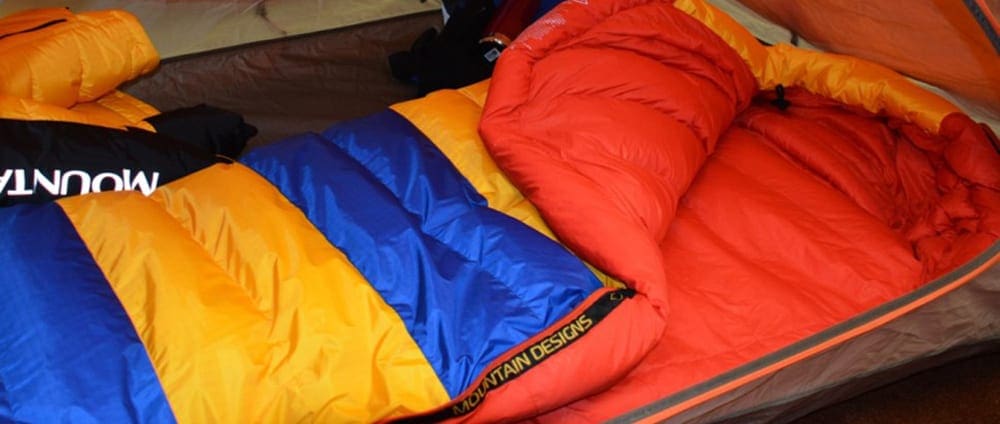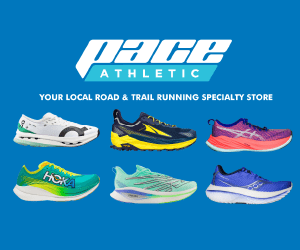Selecting the optimal footwear for rocky scrambles
Venturing into rugged rocky terrain requires careful planning beyond map reading and compass skills. Selecting the best footwear for rock scrambling and uneven terrain is important for your safety, comfort, and agility. While you’ll find a diverse range of options in outdoor stores, understanding the specific characteristics of hiking boots, shoes, and approach shoes unlocks the key to confidently navigating challenging landscapes.

Enhanced support of hiking boots
For adventurers requiring maximum ankle support, hiking boots can be a good option and a a valuable asset on rocky scrambles. Some people express concern that hiking boots may weaken ankles. Although studies haven’t conclusively demonstrated this, it’s essential to acknowledge that boots offer ankle support, potentially preventing sprains, especially for those with pre-existing ankle instability. Therefore, anyone with such conditions should seek professional advice to determine the best footwear for their individual needs.
The high-cut structure of hiking boots firmly embraces the ankle, providing critical stability on uneven terrain and technical scrambles, thereby minimising the risk of injury. Hiking boots, constructed from robust materials and featuring thick soles, act as a protective barrier, safeguarding your feet from sharp rocks, loose scree, and other hazards. Many boast waterproofing (more like water resistant) capabilities, protecting your feet partially from unexpected downpours or brief river crossings. However, this protection comes at the cost of increased weight, leading to increased chances of fatigue on long distances hikes. Additionally, their sturdy builds might necessitate a break-in period to prevent discomfort and blisters.

Lightweight agility of hiking shoes
If agility and comfort are paramount, particularly on extended hikes, consider the more lightweight option of hiking shoes. Their lighter construction allows for unrestricted movement and reduces fatigue, especially on lengthy journeys. Enhanced ventilation facilitates breathability, keeping your feet cool in warm weather. The increased flexibility empowers you to tackle technical maneuvers and scrambles with confidence. However, this agility comes with trade-offs. The limited ankle support might raise concerns for those navigating challenging scrambles or with pre-existing ankle issues. Thinner soles offer less protection from sharp rocks and debris compared to boots. Additionally, their water resistance is generally lower, making them less suitable for wet conditions.

Mastering the scramble with approach shoes
For adventurers seeking to more technical terrain and rocky scrambles, approach shoes offer a compelling blend of agility and support. Approach shoes are a technical footwear designed for mountain guides and mountain workers looking for a top performance product for approach routes and climbing. Compared to the sturdiness of hiking boots, approach shoes provide enhanced flexibility and a lighter weight, allowing for precise footwork and reduced fatigue on extended hikes. This makes them ideal for navigating technical maneuvers, scree slopes, and uneven terrain with confidence. Their secret lies in the superior grip granted by advanced rubber compounds, giving you surefootedness on challenging surfaces. This balance of flexibility and support makes them perfect for technical maneuvers, allowing for precise footwork and confident scrambling. Additionally, their lighter weight reduces fatigue on long distances, making them ideal for multi-activity adventures or hikes with significant elevation gain.
However, it’s important to understand the trade-offs inherent to approach shoes. The lower cut design means they offer limited ankle support, which might be a concern for those with ankle instability or facing particularly challenging scrambles. Additionally, the protection offered by approach shoes is generally less than that of boots, making them less suitable for extremely rugged terrain like snowy or icy conditions, where additional insulation and stability might be crucial. Finally, their water resistance is generally lower than hiking boots, requiring alternative solutions like gaiters or water resistant socks in wet conditions.
Where do approach shoes shine?
- Technical hiking: Scrambling, scree slopes, and uneven terrain are their forte.
- Hiking to climbing crags: Ideal for the approach hike due to their comfort and technical capabilities.
- Via ferratas: The grip and ankle protection offered by approach shoes excel on these protected climbing routes.
- Canyoning: Water-resistant models can handle light canyoning activities.
- Bouldering: Comfortable for reaching the boulders and offering enough climbing ability for easier problems.
Remember: While approach shoes offer fantastic versatility, prioritise your safety and choose footwear appropriate for the terrain and conditions you’ll encounter. Consider consulting a professional for personalised advice based on your specific needs and activities.
Navigating the optimal choice for you
Selecting the best footwear hinges on several crucial factors:
- Terrain: Highly technical scrambles and rough terrain necessitate the superior grip and support of approach shoes or ankle-supporting boots. Hiking shoes might suffice for moderate scrambles and less challenging paths.
- Comfort: Prioritise footwear that feels comfortable and supportive, allowing for good range of motion on the chosen terrain.
- Weather: Consider expected weather conditions. Opt for waterproof options if rain is likely.
- Experience: Less experienced hikers might find the increased support of boots reassuring, while experienced individuals comfortable with technical maneuvers can excel with approach shoes.
Remember, trying on different options, make safety your priority, and consulting experts for personalised advice are invaluable steps in selecting the footwear that empowers your adventures. As you confidently traverse challenging terrain, know that you’ve made an informed decision, allowing you to conquer every rocky scramble with the optimal blend of protection, agility, and comfort.
















